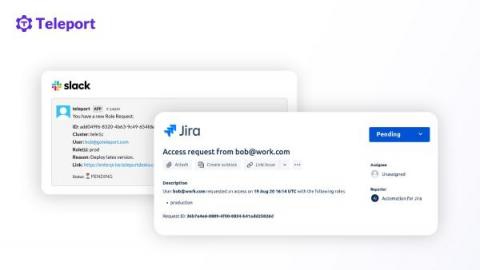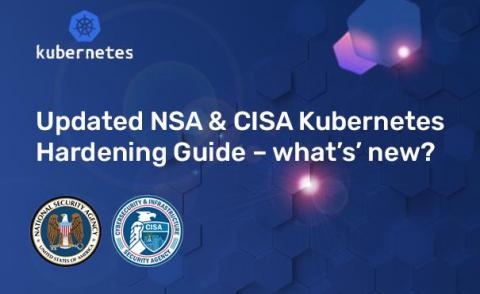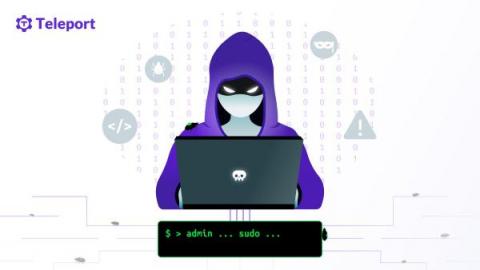Fast-growth companies are some of the richest targets for hackers because that’s where the user data is. How do you balance the security you need to protect your customers/users with the agility you need to build a business? This talk provides practical tips drawn from Michael Coates' experience as CISO of an iconic brand with hundreds of millions of users. The talk will also explore current threats, data breaches, and the new reality of risk to identify what security controls are actually needed for enterprises that are moving fast, leaning into new technology, and want effective security defenses.











